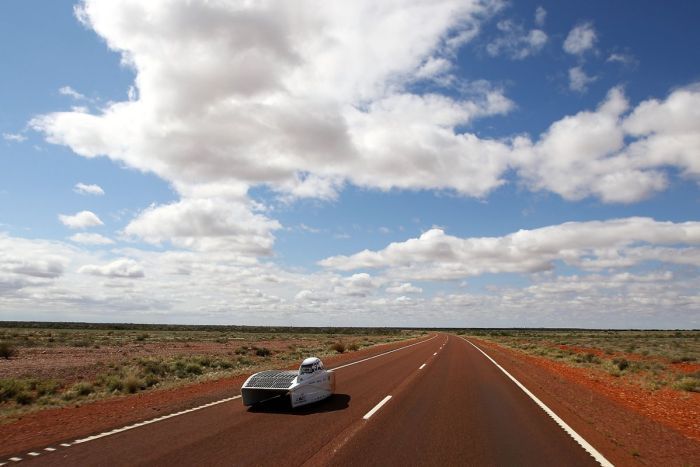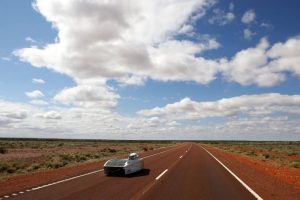
The Dutch team Nuon won the Bridgestone World Solar Challenge which was concluded on the 12th of October. The team beat at least 40 other competitors to clinch their third win in a row, after winning the same competition in both 2013 and 2015. The team took an early lead while still in Darwin, and they stayed in first place for the entirety of the race. This was the 7th time that the team from the TU Delft University in the Netherlands has won the World Solar Challenge. Living up to its legacy, the Nuna 9 Solar Car driven by the Nuon team was the first to cross the finish line in Victoria Square in Adelaide.

The Novum Solar Car created and driven by the team from Michigan University, came in second. Third place was taken by Punch 2, a solar car driven by the Punch Powertrain Team from Belgium. The first three teams in the Challenger category managed average speeds of 81.2, 77.1, and 76.2 km/h respectively.
The 3000km race started out in Darwin, Australia with the Nuon team taking advantage of the suitable weather conditions and their experienced personnel to give themselves a sizable lead right at the start. A spokesperson for the Nuon Team said that they had been preparing for the race for more than one and a half years and that they were ready for both rainy and cloudy weather conditions. The spokesperson went on to say that in order to succeed in the World Solar Challenge, you need both a really good car and a really good strategy, and the Nuon team had both. Even though the team was well prepared and they had satellite resources which they used to monitor the weather, their spokesperson admitted that ultimately, in order to win such a competitive race, they had to have a bit of luck on your side.
In the Cruise Class competition, Team Eindhoven, also from the Netherlands, came in first. The cruise class competition ranks solar cars in terms of their energy efficiency and their practicality. The entire purpose of the World Solar Challenge is to encourage companies to invest their resources in developing solar-powered cars, and the Cruise class competition identifies which cars have the greatest potential for practical day to day use. The car from the Eindhoven team was ranked first in both fuel efficiency and practicality, meaning that the adjudicators believed that it has the best potential to succeed in the consumer market. Among the Eindhoven car’s outstanding features, the most notable was an app based function that allowed the user to identify parking spaces with the best sunshine exposure.
The World Solar Challenge, now sponsored by Bridgestone, has been around for 30 years, and it is staged in Australia every other year. This year’s competition saw many participants take part in both the Cruise and Challenger classes of the competition. Every time the competition is organized, the world gets to witness significant progress in the field of solar-powered automobile technology, and perennial participants get closer to building solar-powered cars that offer everyday efficiency. Even in the face of fierce competition, all the participants are united in the belief that solar power cars are the cars of the future.
